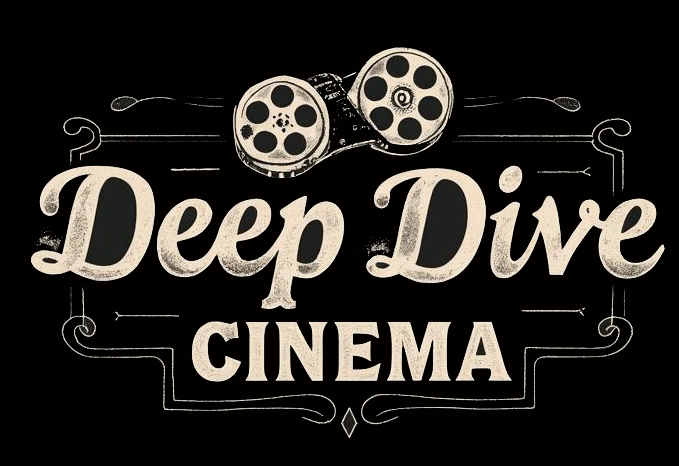

Faye Dunaway in Bonnie and Clyde (1967)
The 1960s cracked the shell of conformity, and the ’70s gleefully smashed it. Vietnam, Watergate, and cultural upheaval tore the American Dream wide open—and cinema followed. Censorship collapsed, narrative loosened, and the line between auteur and outlaw blurred. Welcome to the New Hollywood.
The Counterculture & Collapse era (1965–1979) was a seismic shift in American filmmaking, where traditional norms buckled under the pressure of rebellion, revolution, and cultural realignment. This period saw the decline of the studio system and the rise of independent and auteur-driven filmmaking.
Society was in flux: the Vietnam War, Civil Rights, feminism, and youth rebellion exploded across screens through films that challenged authority and embraced disillusionment. As the decade closed, the experimental gave way to the commercial, and Jaws and Star Wars heralded the blockbuster age.
(Mentioned by: LLaMA 3, Google Gemini, Perplexity.ai, ChatGPT-4o, Grok, Deepseek, Mistral AI, Claude 3 Sonnet)
Method acting flourished, fueled by inner demons and drug use. Male antiheroes dominated the frame, but fierce women pushed back—demanding complexity. Directors became celebrities: Scorsese, Coppola, Altman, Kubrick. Stories grew paranoid, personal, or anarchic.
Box office boomed on sex, violence, and counterculture shock. The X rating lured and haunted. Roman Polanski’s mansion, Manson’s murders, and Altamont’s chaos gave the era an apocalyptic edge. By the late ’70s, the dream of creative control was cracking—blockbusters loomed.